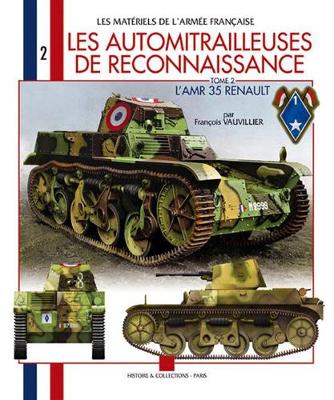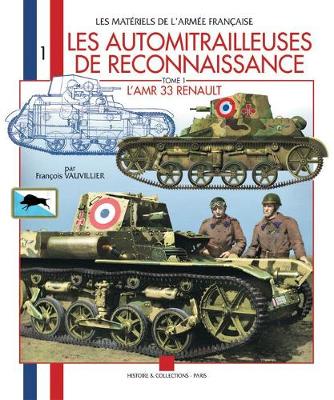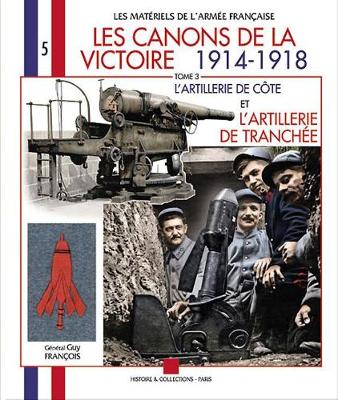Les Materiels De L'Armee Francaise
3 total works
After the initial type (AMR 33) was pressed into service, the French Cavalry asked Renault for an improved version with the engine at the rear. The new vehicle was adopted in 1935, as the "AMR 35" (automitrailleuse de reconnaissance modele 1935). This light cavalry tank has been produced in a number of different versions (with a light or heavy machine-gun, or with a 25 mm antitank gun) and has also been the basis of two different types of radio-equipped command vehicles.
At the outbreak of WWII, the French cavalry comprised a wide number of AFVs that will be "the first and the last to fight", according to the great traditions of this branch of service. In this first volume, the emphasis is put on the Renault VM model 1933 light cavalry tank which had received the official and rather confusing name of "automitrailleuse de reconnaissance" (AMR), i.e. recce armoured car. In fact, it was a proper tank, although very light and ill-armed (a single 7,5 mm machine-gun), but fast and agile, as should be any cavalry combat vehicle. The AMRs fought gallantly in May 1940.
This third volume of the Guns of Victory collection reviews two quite different types of equipment. Firstly, the Coast Artillery, which as such played a very discreet role because the Allies had mastery of the seas. Most of the guns however became famous in another role, installed on railway carriages or on various other means of land transport adapted to a static war.
The second group, the Trench Artillery, did not exist in France at the beginning of the war and had to be developed in chaotic conditions in the unexpected context of the colossal siege warfare imposed on the belligerents on the Western Front in the autumn of 1914.
From the modest grenade launcher to the gigantic 340mm trench mortar, this very structured volume deals with all the models of this frontline artillery, scrupulously following the pattern of the two previous volumes.
The second group, the Trench Artillery, did not exist in France at the beginning of the war and had to be developed in chaotic conditions in the unexpected context of the colossal siege warfare imposed on the belligerents on the Western Front in the autumn of 1914.
From the modest grenade launcher to the gigantic 340mm trench mortar, this very structured volume deals with all the models of this frontline artillery, scrupulously following the pattern of the two previous volumes.


